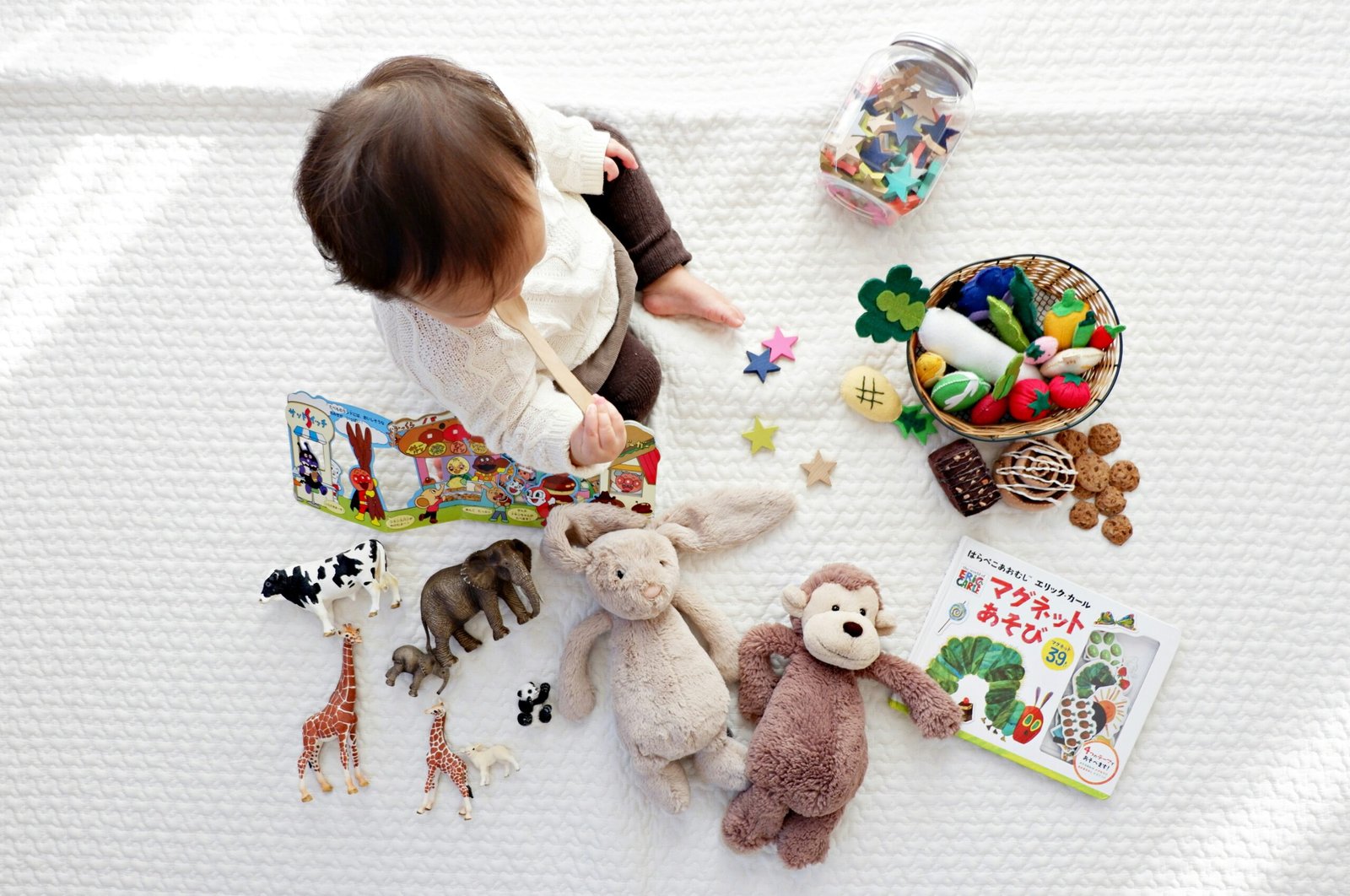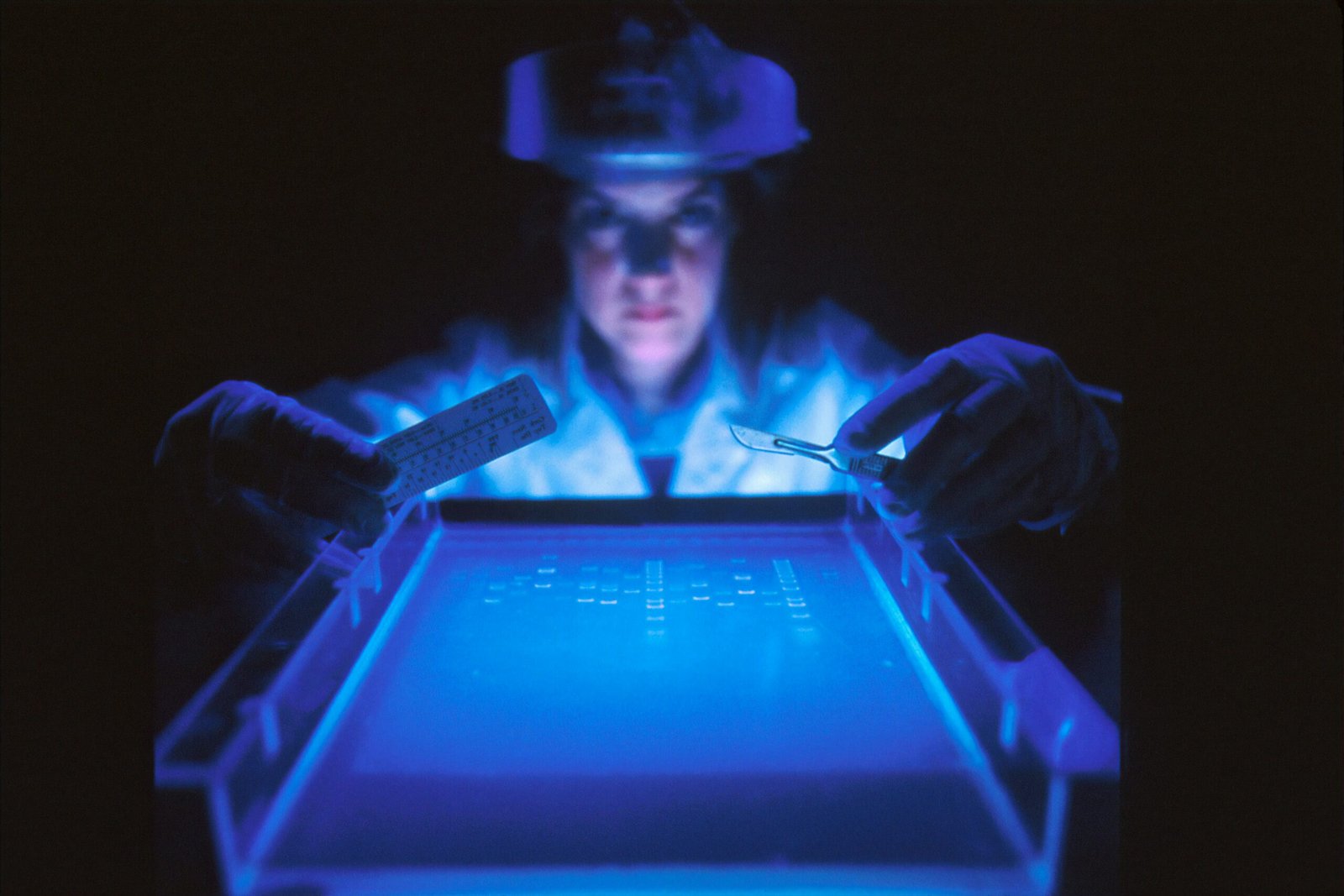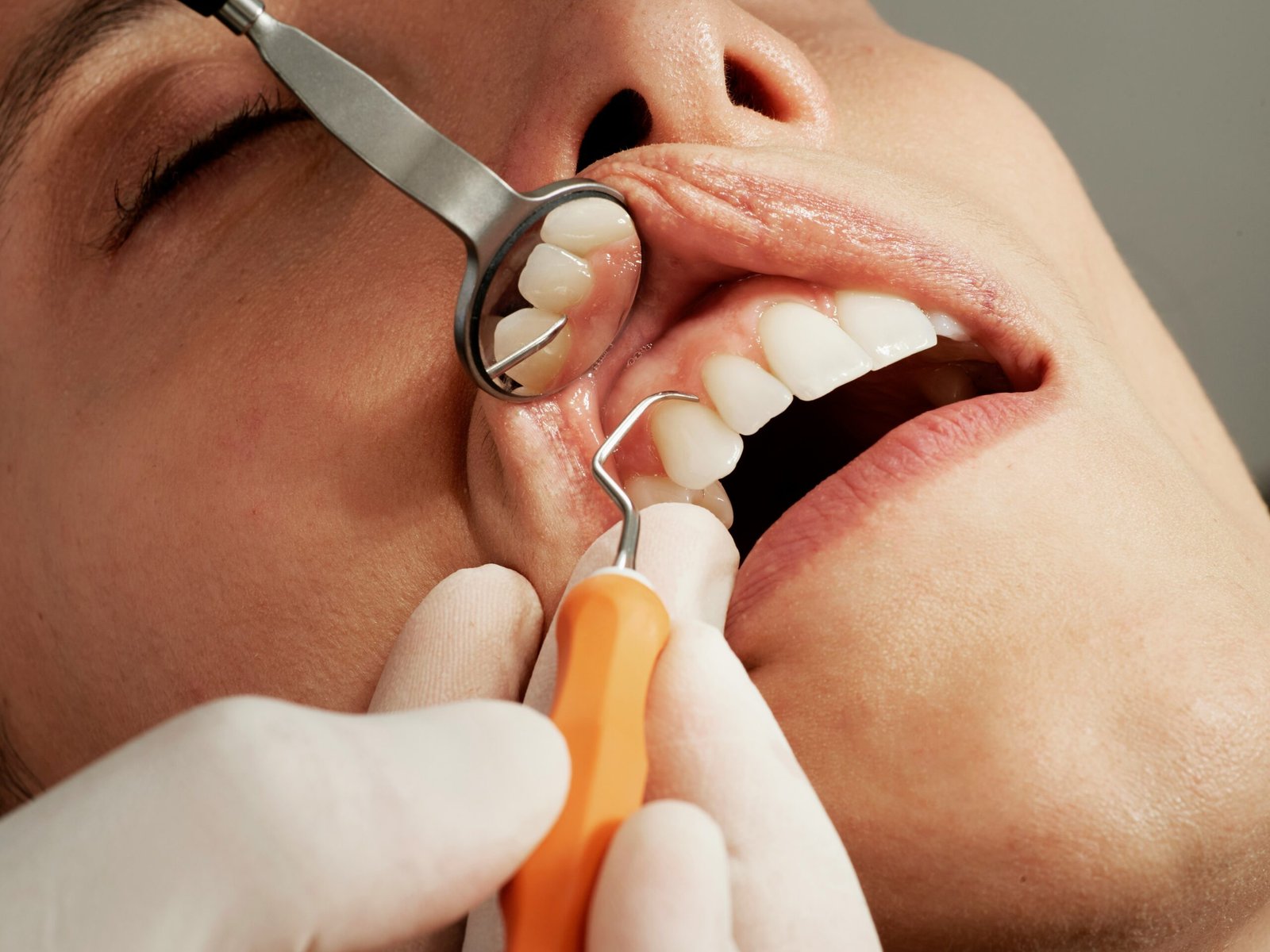The Physique of Early Walkers
As children embark on their journey toward walking, their developing physiques present a range of distinctive characteristics that contribute to their endearing appearance. Notably, many early walkers display a noticeable forward protrusion of their bellies. This trait can be attributed to the natural curvature of their spines and the relative weight of their heads compared to the rest of their bodies. These attributes help maintain their balance as they learn to navigate their surroundings.
In addition to the rounded belly, another common physical feature among toddlers who are just beginning to walk is a slight curvature of the back. During the early stages of walking, children often exhibit an exaggerated arch in their lower back. This curvature is part of the normal process of development, helping them stabilize their posture. As they gain strength and coordination in their core muscles, this arch will gradually diminish, leading to improved alignment of the spine.
Furthermore, early walkers may also appear bow-legged, which is characterized by an outward curvature of the legs. This appearance is a normal aspect of their physical development and is primarily due to the structure of their bones and joints. As toddlers transition from crawling to walking, their legs adapt to the demands of standing and moving. Over time, as weight-bearing activities increase, their leg alignment will adjust, eventually leading to straighter legs.
The unique physique of early walkers is a charming aspect of this developmental stage. It reflects the process of growth and adaptation as children learn to master the skill of walking. The combination of these physical features not only captures the attention of caregivers but also underscores the remarkable journey of each child’s growth and development during this formative period.
Understanding the Developmental Stages
The journey towards walking is a significant milestone in a child’s early life, marking a remarkable stage in their physical and motor development. Children typically progress through various developmental stages, reflecting their growing strength, balance, and coordination. Initially, infants spend considerable time on their stomachs, which strengthens their muscles and prepares them for crawling, an essential precursor to walking. This phase occurs around 6 to 10 months of age and lays the groundwork for future mobility.
As children transition into the standing phase, usually between 9 and 12 months, their physical characteristics begin to evolve. During this stage, a child’s belly may appear more protruding, and their backs may curve more prominently. These anatomical traits are part of a natural growth process, helping to improve posture and balance as they strive for stability while practicing their walking skills. The body’s center of gravity shifts as the legs strengthen, and children learn to adjust their movements accordingly.
Understanding these stages helps parents and caregivers appreciate the physical changes occurring during the early walking phase. This knowledge assists them in providing appropriate support, ensuring their children attain these milestones confidently and safely.
The Importance of Physical Activity
Physical activity plays a pivotal role in the development of toddlers, particularly those who are beginning to walk. As these young children embark on their walking journey, engaging actively with their environment is essential for their physical development. Walking allows toddlers to enhance their muscular strength, bone density, and overall physical health. This stage not only contributes to their gross motor skills but also supports their ability to balance, coordinate, and navigate various terrains.
Moreover, the anatomical structure of beginning walkers is uniquely adapted to facilitate exploration. Their proportionally larger heads and shorter limbs affect their center of gravity, making balance a key component of their walking experience. As toddlers practice walking, they learn to adjust to their body’s dynamics, which significantly aids in developing coordination. The exploration of surroundings through walking assists in fine-tuning motor skills, as toddlers interact with objects, surfaces, and other children.
Caregivers play a crucial role in ensuring that toddlers can safely explore their environment while developing these skills. Providing a safe space for walking that is free from hazards encourages children to experiment without the fear of falling or encountering dangers. Soft surfaces, such as carpets or grassy areas, can offer added protection as toddlers practice their newfound mobility. Furthermore, caregivers can promote physical activity by engaging with the child through play, encouraging them to walk, run, and climb, which fosters not only physical but also cognitive development.
Supporting physical activity during this critical phase not only enhances future motor skills but also helps in building self-confidence, social interaction, and the ability to explore the world around them. It is essential for caregivers to recognize and nurture this curiosity and enthusiasm, laying the foundation for a healthy, active lifestyle as children grow and develop.
Celebrating the Journey: Tips for Parents and Caregivers
As children embark on their journey of becoming confident walkers, it is essential for parents and caregivers to foster a supportive and nurturing environment. Encouraging positive walking habits can significantly enhance a child’s development and instill a sense of confidence while exploring their surroundings. One effective way to motivate young walkers is by creating a safe and engaging space. Ensure that the area is free from hazards, and include soft surfaces for falls, as this will help alleviate any fears associated with learning to walk.
Parents can also introduce various activities that promote walking skills. For instance, using push toys can provide stability and support, enabling children to practice walking without the fear of falling. Engaging in games that encourage movement, such as ‘follow the leader’ or playful obstacle courses, not only enhances their physical abilities but also fosters important social interactions with peers and caregivers alike. Celebrate small achievements, for each successful step is a milestone that contributes to their growth.
Safety is paramount during this learning phase. It is crucial to keep an eye on children as they explore their surroundings, especially in public spaces where risks may be present. Using safety gear, such as knee pads, can also offer additional protection during their adventurous endeavors. Establish boundaries during playtime to prevent them from venturing into unsafe areas.
Lastly, it is essential to cherish the moments throughout this rewarding journey. Documenting their progress with photos or videos can create lasting memories, adding to the joy of witnessing their development. Each step taken marks a significant milestone in a child’s life, and celebrating these achievements will create an enriching experience for both children and their caregivers. In conclusion, by encouraging positive walking habits, ensuring safety, and engaging in fun activities, parents can play an integral role in their child’s exciting journey to becoming a proficient walker.








Leave a Reply